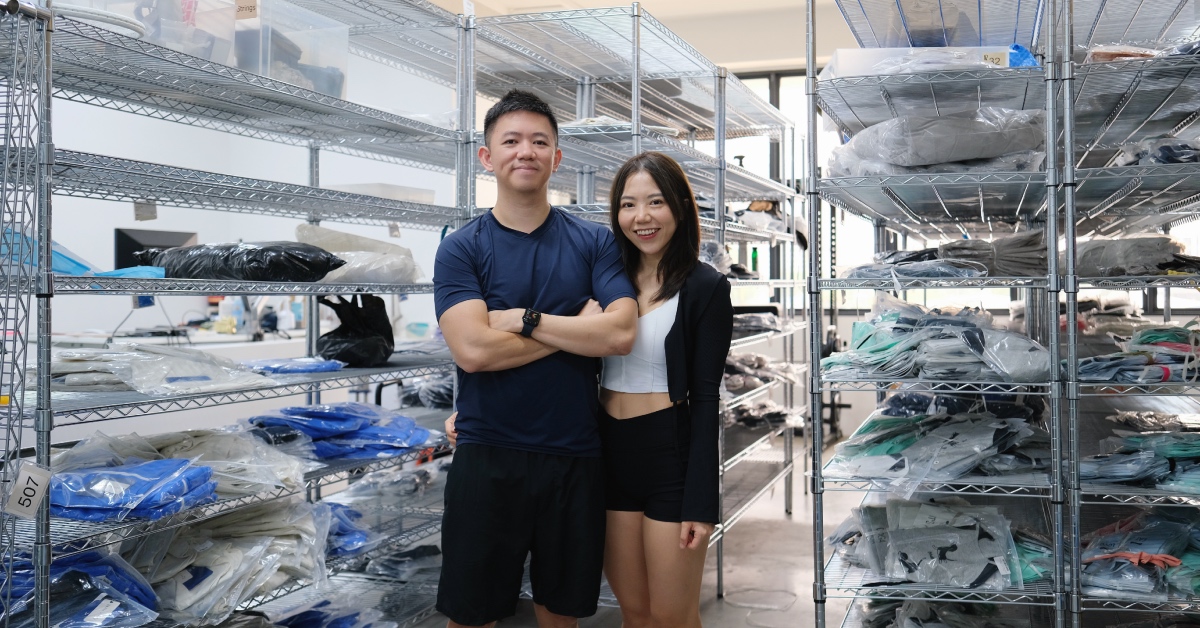Sylvia Lim’s love for yoga began in her teenage years, but quality yoga apparel always felt out of reach—they were just too expensive.
“The only brand I was aware of for yoga apparel back then was Lululemon, which was very pricey,” she recalled.
This gap in the market inspired Sylvia to create Vivre Activewear in 2014—a brand offering high-quality yoga wear at more accessible price points. Today, she co-leads the brand alongside her husband, Kevin Chia.
Taking the leap into entrepreneurship
It all began at a casual BBQ gathering 10 years ago—Sylvia first met Kevin when their friends “attempted to play matchmakers”.
At the time, she worked as a marketing executive at luxury piano retailer Steinway and Sons, but Kevin’s encouragement sparked her interest in entrepreneurship.
“Kevin has always had an entrepreneurial spirit,” Sylvia shared. Before joining her at Vivre, Kevin explored various career paths—he worked as a freelance personal trainer and an insurance agent, as well as co-founded several small businesses, including a hair salon.
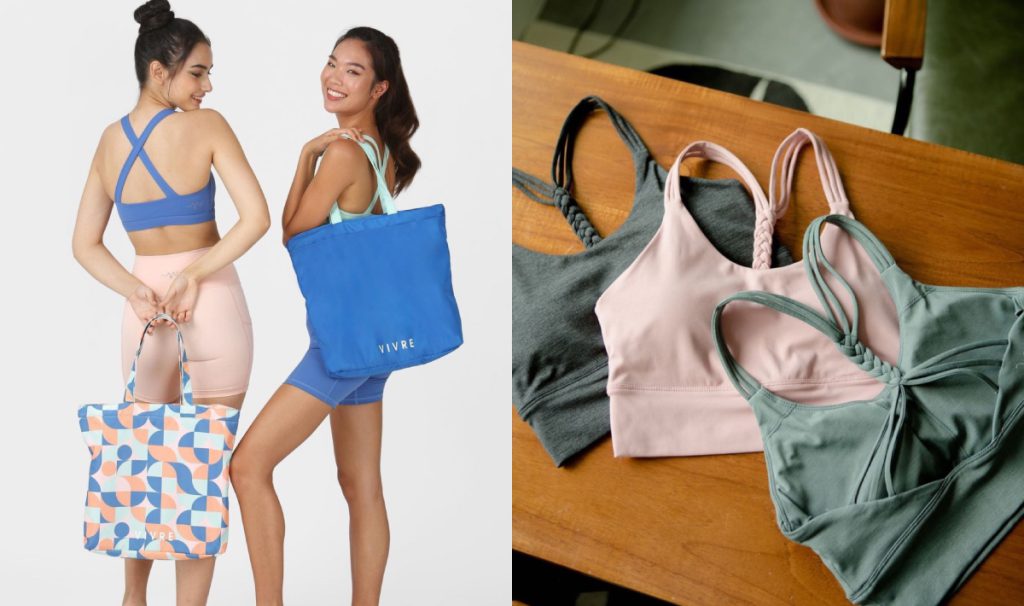
Still, Sylvia was uncertain about making the leap. “I allocated S$10,000 from my savings to [start the business] and allowed myself one year to determine if this was going to work,” she said.
But just several months after debuting the brand, Vivre Activewear saw rapid growth, thanks in part to influencer support.
When influencers like Zoe Raymond and Tammy Tay promoted us, our website traffic surged. We made S$1,000 in daily sales just months after our launch.
Sylvia Lim, co-founder of Vivre Activewear
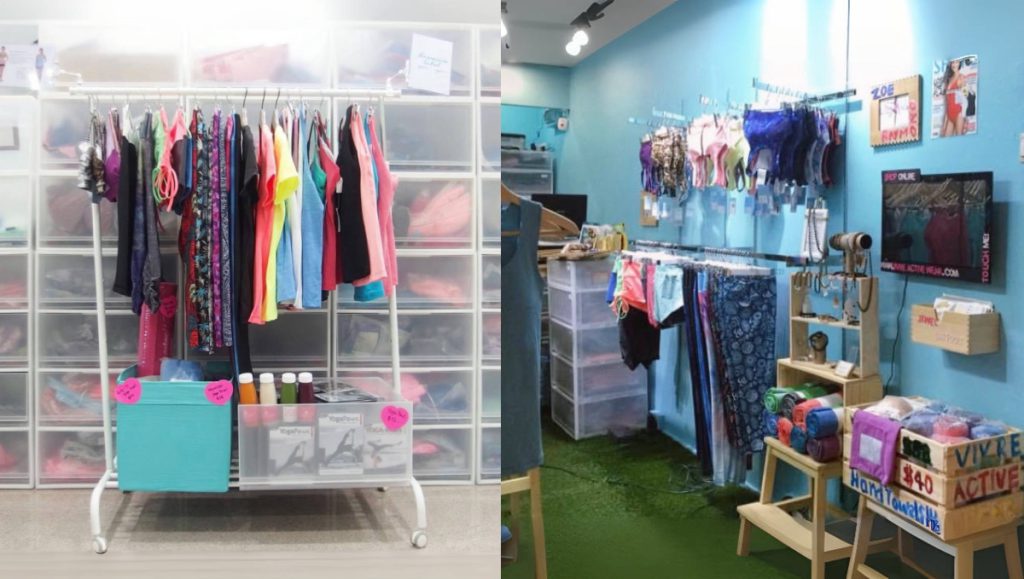
Buoyed by this early success, Sylvia and Kevin pooled over S$20,000 to produce their first few batches of apparel. They also organised an open house shopping weekend at Sylvia’s mother’s home, which brought in about S$1,000 to S$2,000 in sales on the first day.
“After seeing the brand bring in that amount of sales, I immediately suggested that we open a retail store since it seemed like we could easily cover the rent,” shared Kevin. “We managed to set up our first store at Far East Plaza within just two weeks.”
They achieved net revenues of S$1.9 million
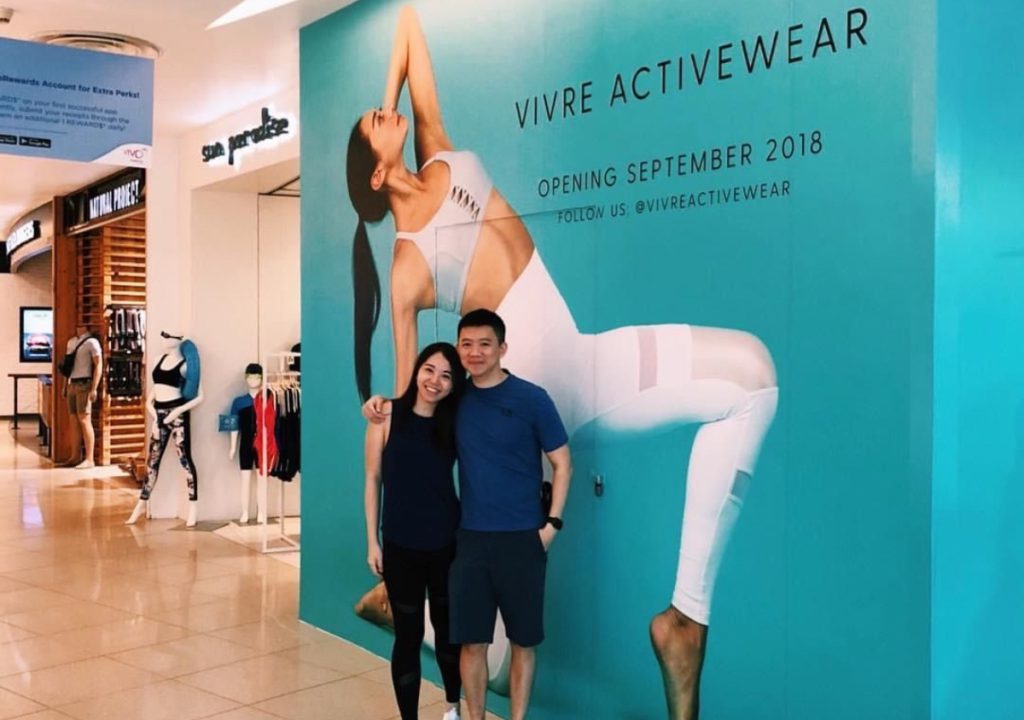
In the next five years, the duo went on to invest “several hundred thousand dollars” into store set ups, delivery vans, and warehouses. “These were additionally funded by our families,” Kevin added.
We purchased our first warehouse unit in 2017 as we preferred ownership over renting due to the pressure to accommodate landlord requests for viewings and dealing with rental increases or reinstatements.
Kevin Chia, co-founder Vivre Activewear
Another major milestone for the brand came in 2020 and 2021, when it achieved net revenues of S$1.9 million—yet, just as quickly as success arrived, sales began to dip.
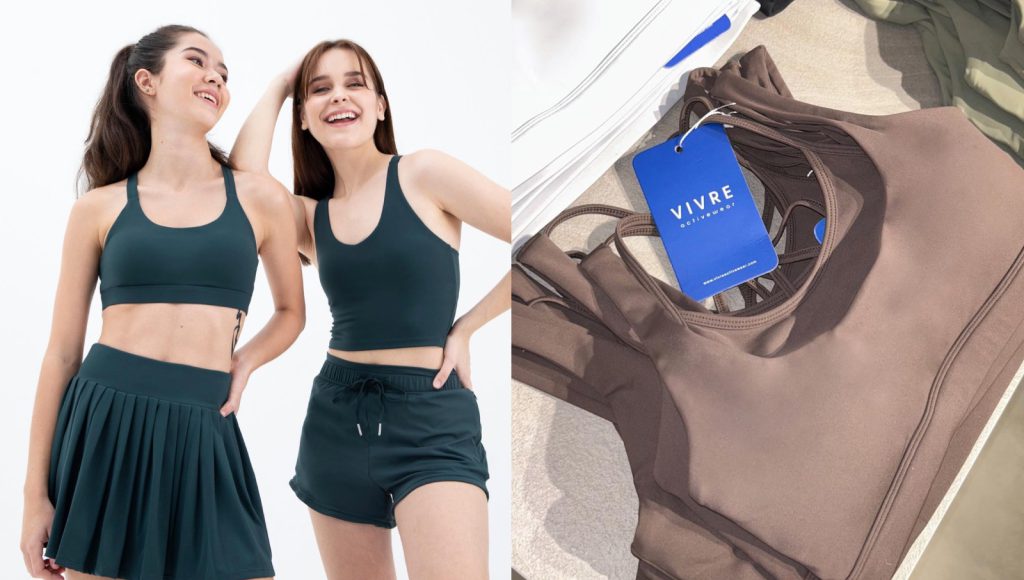
Reflecting on her journey with Vivre Activewear, Sylvia shared that the activewear market has grown significantly since the brand started out, especially during COVID-19. With more brands entering the industry, competition has only intensified.
“The online-only brands that emerged during the pandemic offered massive discounts to gain market share, which also shifted customer expectations regarding pricing,” she elaborated.
With physical stores becoming less profitable—dropping from five-digit profits pre-COVID to barely breaking even on average—the couple has decided to “right-size” Vivre Activewear’s operations and shutter all of its outlets.
“Downsizing shouldn’t be perceived as a backwards move”
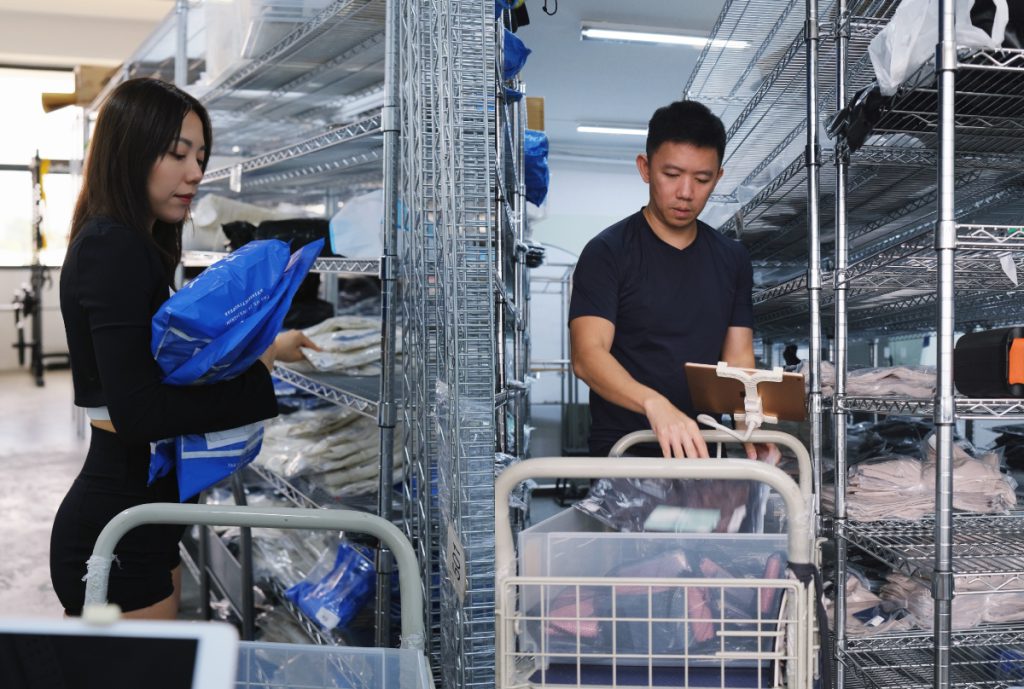
A business doesn’t have to continually grow to be deemed good or sustainable. Downsizing or right-sizing shouldn’t be perceived as a backwards move—the core focus should always be on delivering quality products or services.
Sylvia Lim, co-founder of Vivre Activewear
“Given the high costs of rental and manpower—around S$30,000 per store—it became impractical to maintain those outlets,” added Kevin.
Prior to closing their stores, the brand used to churn out weekly product launches just to “maintain their revenue”. “By eliminating the physical stores, we can keep our revenue under S$1 million, allowing us to deregister GST and increase profitability.”
Now, Vivre Activewear has shifted gears, embracing a more “intentional approach” to its brand—in an Instagram post, the brand shared that it would transition to produce its apparels at a slower pace, with “even better designs and fit”.
The brand is focused on creating “thoughtfully curated designs”, while avoiding overproduction. Both Sylvia and Kevin are confident that this shift will make the business more sustainable in the long run.
In the next one to two years, the couple plans to continue with limited store launches, while developing their sister brand Club NV, which was incepted in collaboration with influencer Novita Lam.
At this stage, we don’t expect to see revenue growth as we aim to remain small and agile while focusing on profitability.
Kevin Chia, co-founder Vivre Activewear
- Learn more about Vivre Activewear here.
- Read other articles we’ve written about Singaporean startups here.
Featured Image Credit: Vivre Activewear

